Apparently, I just have bad luck when it comes to cars…
11 minute read
September 29, 2023, 11:20 PM
Apparently, I just have rotten luck when it comes to cars, as the new HR-V has already made its first visit to the body shop. Back in July, Elyse and I got rear-ended on the GW Parkway on the way home from work. We were in a work zone, and I had to stop short after someone stopped short in front of me. I was successful in not hitting the guy in front of me, because I was maintaining a good following distance, but then the guy behind me wasn’t so fortunate, and plowed into the back of the HR-V. That was a big jolt. The car, meanwhile, was on top of things, as it popped up a message on the screen saying something like, “Hey, I think we got hit. Want me to call 911 for you?” Turned out, though, that 911, after playing hot potato with me (the accident happened in Virginia, but my phone connected me to Montgomery County, who transferred me to Fairfax County, who then transferred me to US Park Police), wouldn’t send anyone out since there were no injuries and both cars were still drivable. So we just exchanged information and kept it moving. Here’s what the damage to my car looked like:
And this was the damage on the car that hit me:
Yeah, I got hit by a Ford F-150, i.e. a heavy-duty pickup truck, owned by a lawn care company. But at the end of the day, it was fortunately just a fender bender, and unlike the October accident that claimed the original HR-V, the new HR-V was coming back from this one following a stay at the body shop. In the meantime, I made do by working around the back lift gate. Considering that most of the damage was centered on that lift gate, I feared that if I opened it, I wouldn’t be able to get it to latch again, and I didn’t want to be in a situation where I couldn’t close the back. It was already closed, and I wasn’t about to do anything to change that.
I brought the HR-V to CRG in Rockville for repairs, which is where I took the original HR-V on two earlier occasions. I’m glad that I’ve found a body shop that I like, because CRG does great work, and they’re good people. We know each other well enough that they remember me from past visits, and when it was time to show them the damage, I said, “Get your paint pen and let’s go!” Here’s what their markup looked like:
And then of course, from the front, the HR-V was as good as always:
Then when I went over to Enterprise after dropping off the HR-V, I was surprised that they gave me an Audi Q7 (I was expecting something in the same tier as the HR-V). Take a look:
There it is. I remember when I drove that Audi Q4 e-tron back when we test drove some electric cars, and I didn’t like that one, either. At least now I can confirm with certainty that the salesman wasn’t kidding when he said that the Q4 e-tron was the full Audi experience but in electric form. The Q7 felt more or less the same as that Q4 e-tron, just bigger and with a gas engine. Same annoying features that I didn’t like, too, like the gear selector:
That was the same as on the Q4 e-tron that I tried out last year, and it was just as bothersome. I will always appreciate a gear selector with park, reverse, neutral, drive, sport, and low all in a row like the HR-V has. This thing had a button to put it in park, you pushed the selector away from you to go in reverse, you pulled it towards you to go into drive, and pulled it towards you again to go into sport mode. You could also cock it to the right side to enter a manual mode, which used paddle shifters on the wheel, similar to what the original HR-V had. That arrangement was quite confusing for me because it was backward from what I was used to. See, on the train, taking a point of power, i.e. to move the train forward, is accomplished by moving the master controller away from you. Similarly, you brake by moving the master controller towards you. After spending all day doing that, doing it backwards in the car was a bit jarring.
Another thing that I didn’t like was the main touchscreen and the climate control touchscreen:
In this photo, the main touchscreen is at the top, and is displaying Google Maps via Android Auto. The lower screen is the climate control screen. First problem was that this was all quite low in the vehicle. The climate touchscreen was down next to the selector lever, and then the main touchscreen was relatively low as well. Note its position relative to the main dashboard, the corner of which you can see in the top left of the shot. My main complaint about the climate touchscreen was that in order to adjust the temperature, you had to take your eyes off of the road, because there was nothing physical about this climate control in any way. You can’t just reach down and adjust it. Compare to the HR-V:
The touchscreen on the HR-V is in more of a heads-up orientation, as it is mounted much higher relative to the main dashboard, and it only requires a quick side glance to monitor. And the climate system controls are all physical buttons and knobs, which I greatly appreciate, because you don’t have to look down to adjust them. For what it’s worth, the original HR-V had touch-sensitive controls, and I had similar complaints about those as I did about the climate controls on the Audi.
I also didn’t like the cruise control. The Audi’s cruise control was a stalk on the side of the steering column, like you find in most Toyota and Scion vehicles. The Previa was like this, as was the Scion. However, this one was on the left, and required separate actions for setting a speed and actually going into cruise control mode. What I would often find myself doing was setting my speed in the cruise control thinking that I’d set it, come off the accelerator, and then find myself losing speed rapidly as I was coasting rather than going in cruise mode. I then had to take a separate action to actually engage the cruise control. That was annoying. Every other car that I’ve ever driven, setting a speed also engages the cruise control. This seems overly complicated for no good reason.
Otherwise, the Audi was a very powerful car. It could accelerate like you wouldn’t believe, going from zero to sixty in no time (yes, Elyse and I tested that out). It reminded me that I have a motor like the one in the HR-V for a reason, because it’s harder for me to get myself in trouble with a less powerful motor. It was very easy to speed in the Audi.
One thing that I found interesting with the Audi was the different way that the various driver assist features were implemented here vs. on the HR-V. In general, I felt like the the HR-V overall handles driver assist features better than the Audi. The HR-V treats you more like an adult, while the Audi was like having my mother in the car with me back when I was learning how to drive. A few things come to mind. First, the lane watch systems were two very different takes on the same thing. The HR-V uses the lane watch system as a roadmap and helps guide you down the road, but if you’re telling it to do something else, it goes there with you, because you’re the driver, and therefore, you’re ultimately in charge. On the Audi, it treated the detected lane markings as virtual bumpers, and if you tried to veer out, it would bump you back in. Similarly, if you attempted to change lanes without signaling, the Audi would try to fight you. I consider that sort of behavior absolutely unacceptable for a car. First, there are times when I might need to change lanes quickly without signaling, such as when some moron is doing something dumb in front of me, and I need to quick dart over to get them out of my path. I don’t need the car trying to fight me to make that sort of maneuver. It needs to just respond, rather than making me ask for permission to change lanes. Then there’s also when I’m just being lazy on an empty road, i.e. I’m signaling to nobody, so the hell with it. On that same note, the messages for when it thinks you’re using the driver assist as an autopilot rather than as an assist feature are different. The HR-V is a simple “Steering required” with an icon of a steering wheel. The Audi, on the other hand, says, “Please take over steering and pay attention to traffic!” On the same subject of lane watch, if it detects that you’re veering into another lane on a curve in the HR-V, it just says “Lane departure” and beeps at you. The Audi beeps at you and explicitly tells you to drive in the center of the lane. Clearly, the Audi didn’t know that I hold a CDL, and have been driving since longer than it was alive (except for the CDL part, I sound like my mother – oh, goodness), and that there are times when one should drive somewhere other than the center of the lane. Then the speed limit assistance feature is very different. The HR-V reads the signs and displays them for you on the dashboard in a form factor resembling a speed limit sign. The Audi, on the other hand, only tells you when you need to slow down, displaying an icon showing a foot coming off of a pedal and says “Speed limit [number]. SLOW DOWN.” Don’t tell me what to do. I’m the driver, and if we get a ticket, I am personally responsible for it, and not Audi or Enterprise. Therefore, as Judge Judy might say, “I’m the boss, applesauce!” And then there’s the crash-avoidance system. In the HR-V, when it thinks that there might be an accident coming, it displays “BRAKE” on the dashboard in big letters and beeps loudly. In other words, it is absolutely serious: hit the brakes. The Audi displays a red icon with a car and a star on it that says “Audi Pre-Sense”, which seems more like marketing than “you are in danger, so do something about it”.
That thing was also a gas guzzler, doing about 21 mpg per the dashboard display. Compare to the HR-V, which typically does 28-29 mpg. And the Audi had a 22-gallon tank, so not only did it slurp it up like it was going out of style, but it also carried a tremendous amount of it (the HR-V has a 14-gallon tank). So there was considerable pain at the pump fueling the Audi. According to the fuel tank door, the Audi wanted premium, but the folks at Enterprise told me that I could put 87 in it. I was fine with that, because it wasn’t my car, and I wasn’t about to pay for premium fuel for a car that wasn’t mine.
I ended up driving the Audi for a little over a month and a half, from July 31 to September 22. It took so long because of delays with shipping parts, as the new lift gate was on back order with Honda. It also showed that the folks at Progressive Insurance are a bunch of greedy, lying bastards. The way that Progressive handles body shop work is that they set up an appointment to have you drop your car off at the body shop, and they handle the entire thing there, at the body shop, assessing it and determining everything, and you don’t see your car again until the repairs are complete. That was what happened when I hit the deer in the original HR-V back in 2020, and it happened again this time. Compare to when I hit the deer in the Sable in 2006, and the insurance adjuster came to me, and did their whole thing, and then the car didn’t report to the body shop until all of the parts were acquired and it was time to complete the repairs, meaning that I was only out of my vehicle for a few days while the work was going on. My rental car coverage was supposed to be for 30 days. Considering the way that shipping has been for cars and such, I asked the representative from Progressive about what would happen in the event that the time needed to repair took longer than 30 days. They said to me that they would make sure that the work would be completed in under 30 days, even going so far as to transfer the car to another shop if necessary. 30 days passed, and the work was not done, because the new lift gate had not arrived yet. I contacted Progressive, and they refused to extend my rental car coverage, i.e. I was on my own for the rental, because rental coverage only lasted 30 days. This despite (A) it was their appointment with the body shop, (B) their process kept the car out of my possession until the work was completed, and (C) the delay in fulfillment of the part was through no fault of my own. In other words, they should have covered it, and no one from Progressive ever contacted me to tell me to come get my unrepaired but still drivable car until they were able to complete the repairs in order to stay within that window. They told me absolutely nothing, and left me holding the bag for costs related to an accident that everyone had determined was not my fault (i.e. I’m getting my deductible back). Did I say “greedy, lying bastards”? I meant it.
By the way, if anyone wants to recommend a better insurance company to me for both home and auto, I’m all ears, because after this, after 19 years, I’m ready to leave Progressive.
And then on September 22, I got the HR-V back, a day shy of its six-month anniversary, good as new:
She was just as I remembered her: black badging and AWD marking on the back side. I have a HR-V in good repair once again. Excellent. It took a little getting used to again after driving an Audi around for a month and a half or so, but now we’re back to our good working relationship once again, as she’s going on a quick business venture down to South Carolina in a week or so, and then on a weeklong trip to Chicago to see my sister and do stuff out there. Though it was funny to do the trip down to Augusta County earlier this month in the Audi rather than the HR-V. I had to take Mom on some errands while I was down there, and Mom certainly enjoyed being shuttled around in a luxury car, even if it wasn’t ours. Next time we go visit, though, it’s going to be in the HR-V.
All in all, I’m glad to be back in my own car again. May we do many more happy miles together.
Categories: Honda HR-V (2023)
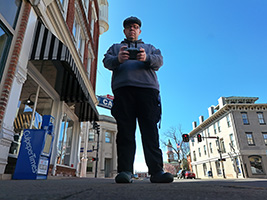









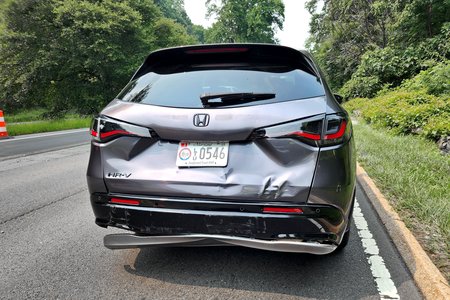
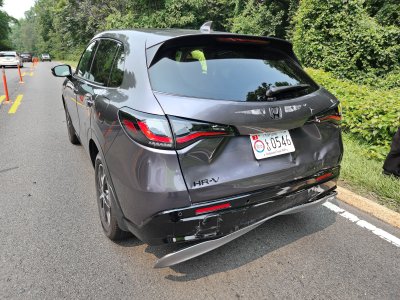
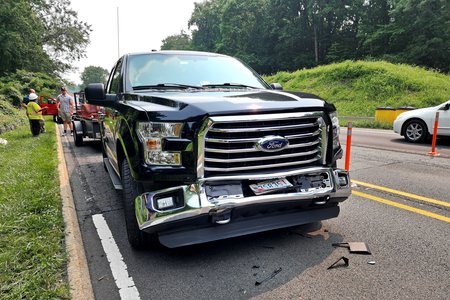
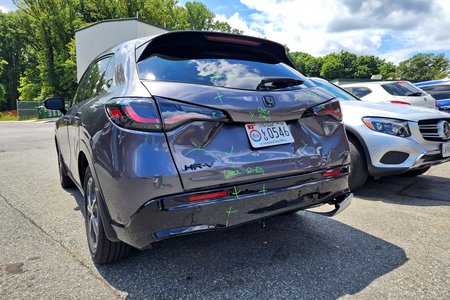
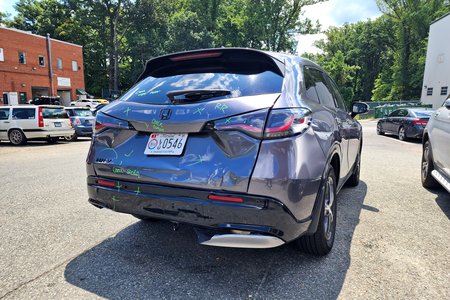
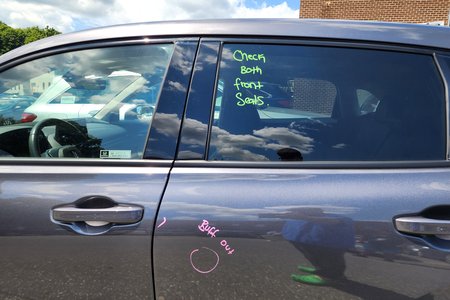
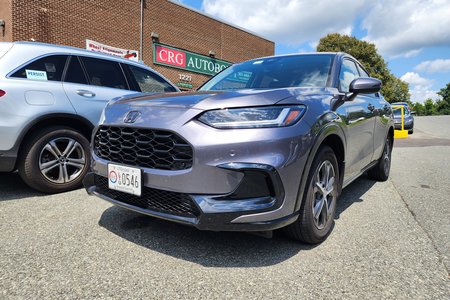
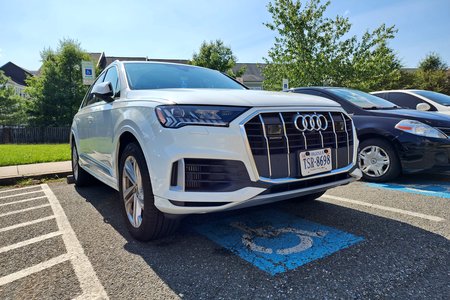
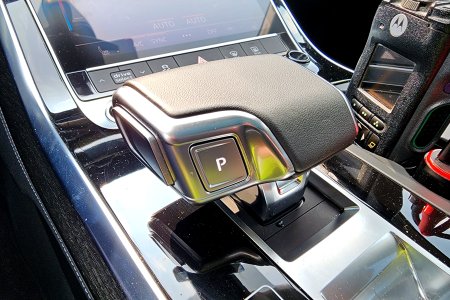
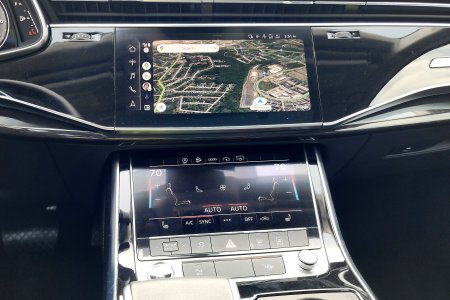
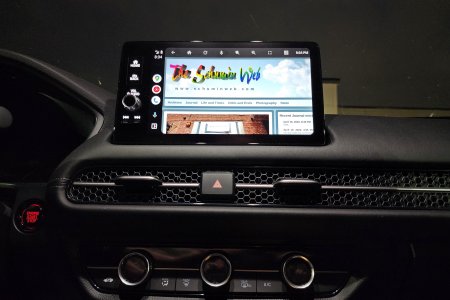
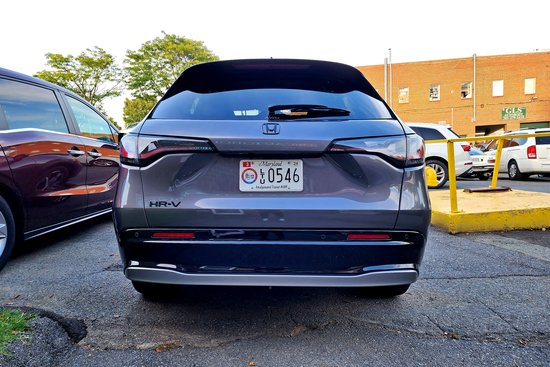
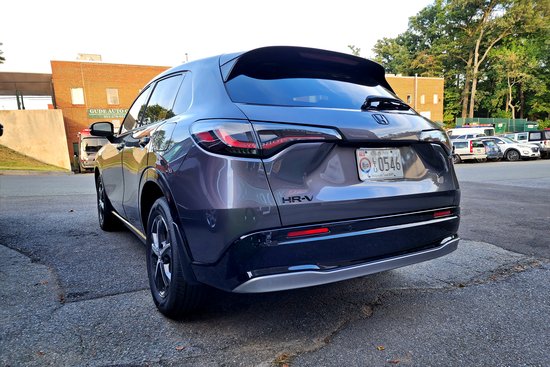
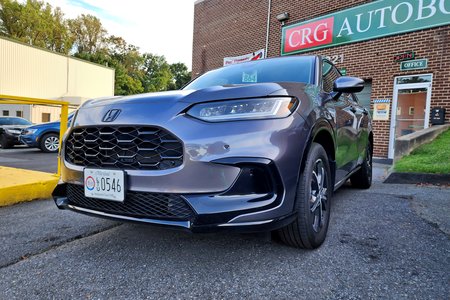
Leave a Reply